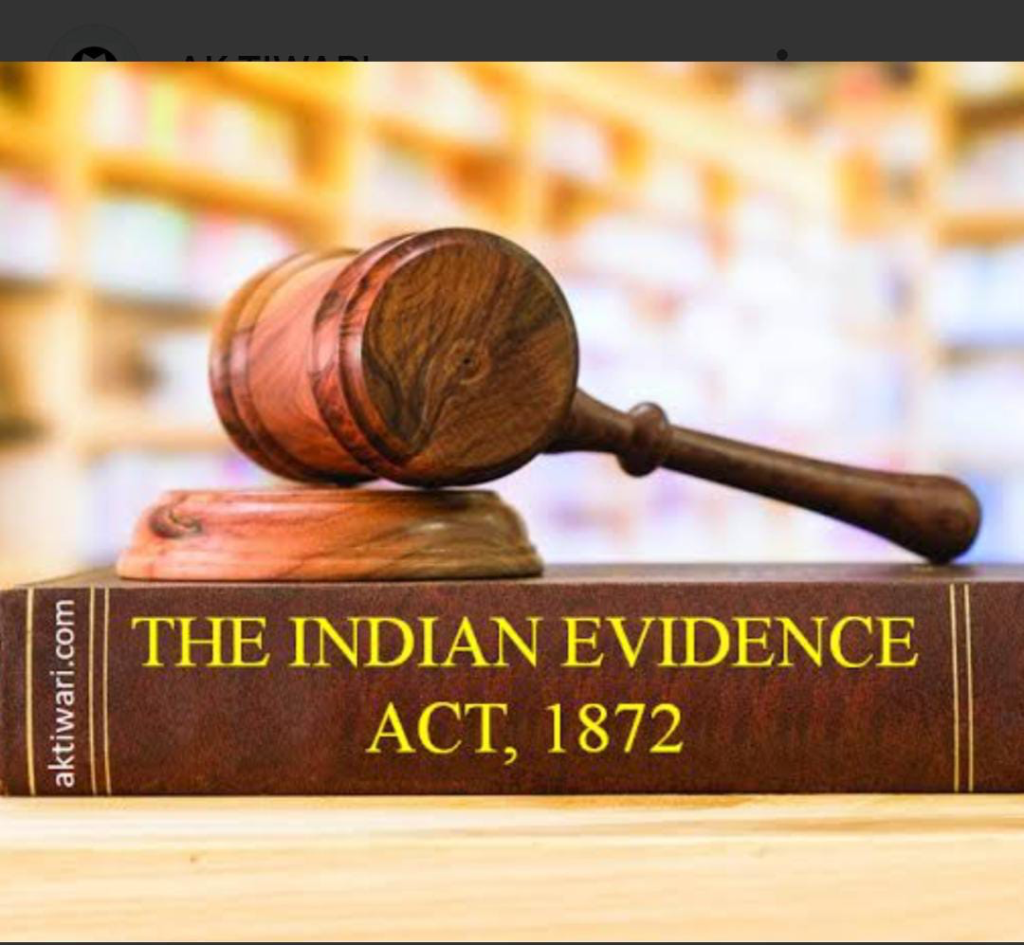Mastering the Section 65B Certificate of the Indian Evidence Act 1965
In today’s digital age, electronic evidence plays a pivotal role in legal proceedings. However, to ensure its admissibility in court, it’s imperative to comply with the provisions outlined in Section 65B of the Indian Evidence Act. This guide aims to provide an extensive understanding of the Section 65B certificate and the steps involved in its preparation.

Understanding Section 65B of the Indian Evidence Act
Section 65B of the Indian Evidence Act deals specifically with the admissibility of electronic records as evidence in court. It mandates that any electronic record, including computer-generated documents, emails, and digital images, must fulfill certain requirements to be considered admissible.
The key requirements under Section 65B include:
Origin from a Computer: The electronic record must originate from a computer or any device that stores data electronically.
Accurate Representation: The information contained in the electronic record must be accurately reflected without any alterations or tampering.
Step-by-Step Guide to Preparing a Certificate
1. Familiarize Yourself with Requirements
Before preparing the certificate, it’s essential to thoroughly understand the requirements specified in Section 65B. This involves studying the provisions related to the admissibility of electronic evidence and ensuring compliance with each requirement.
2. Gather Necessary Information
Collect all relevant details of the electronic record that needs to be certified. This includes information about its source, creation process, metadata, and any other relevant data that may be required to establish its authenticity and admissibility.
3. Drafting the Certificate
The certificate must be drafted meticulously to meet the legal standards set forth in the Indian Evidence Act. The certificate should contain the following elements:
Identification of the electronic record being certified.
Details about the device or system from which the electronic record was generated.
Statement affirming the accuracy and integrity of the electronic record.
Signature of the person certifying the document, along with their official designation.
4. Verification and Authentication
Once the certificate is drafted, it must be verified and authenticated to ensure its validity. This involves confirming the accuracy of the information provided in the certificate and obtaining any necessary endorsements or approvals from relevant authorities.
5. Legal Consultation
Seeking legal guidance is advisable to ensure compliance with all legal requirements and standards while preparing the certificate. Legal professionals with expertise in electronic evidence and the Indian Evidence Act can provide valuable insights and assistance throughout the process.
Importance of Compliance and Accuracy
Compliance with the provisions of Section 65B is critical to ensuring the admissibility of electronic evidence in court. Any lapses or discrepancies in the preparation of the Section 65B certificate could result in the exclusion of electronic evidence, potentially undermining the case’s outcome.
Conclusion
In conclusion, preparing a Section 65B certificate requires meticulous attention to detail and strict adherence to legal standards. By following the step-by-step guide outlined in this article and seeking appropriate legal guidance, you can effectively navigate the process and ensure the admissibility of electronic evidence in legal proceedings.
For more comprehensive guidance and tailored legal advice, consult with experienced professionals familiar with electronic evidence and the Indian Evidence Act. Remember, accuracy and compliance are paramount when dealing with electronic evidence, and thorough preparation of the Section 65B certificate is key to its admissibility in court.